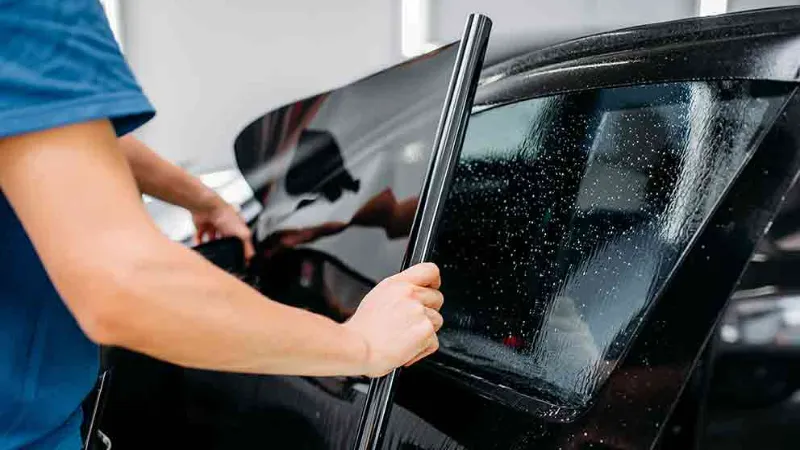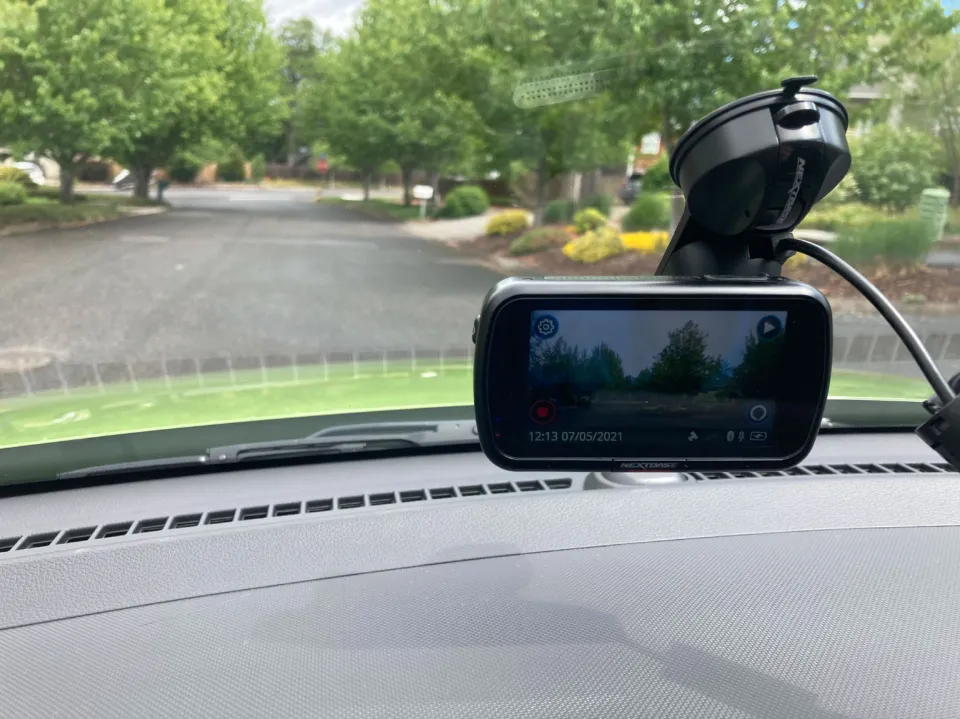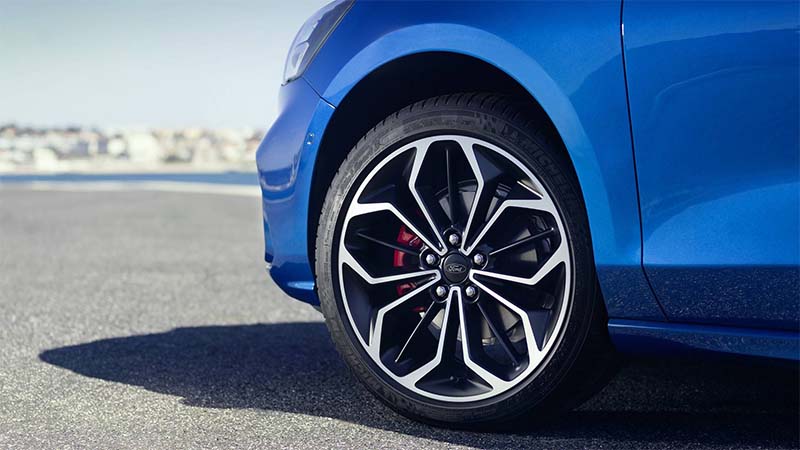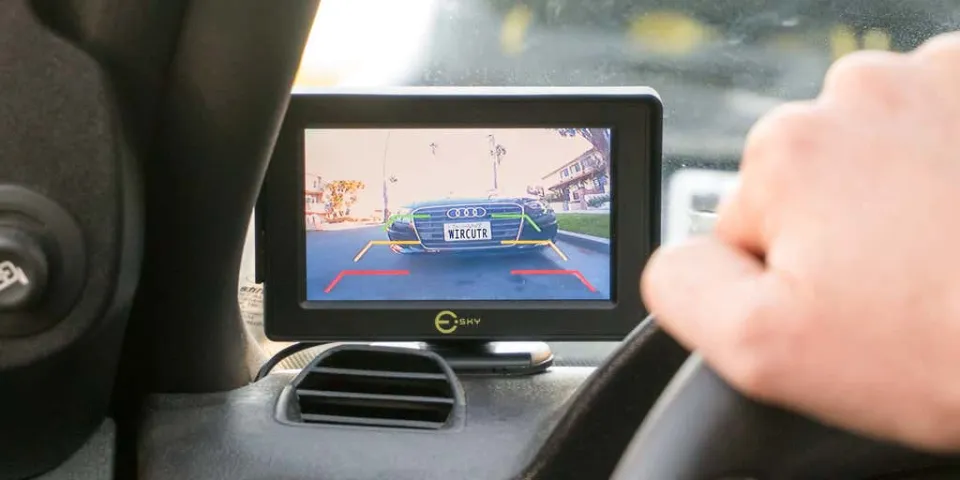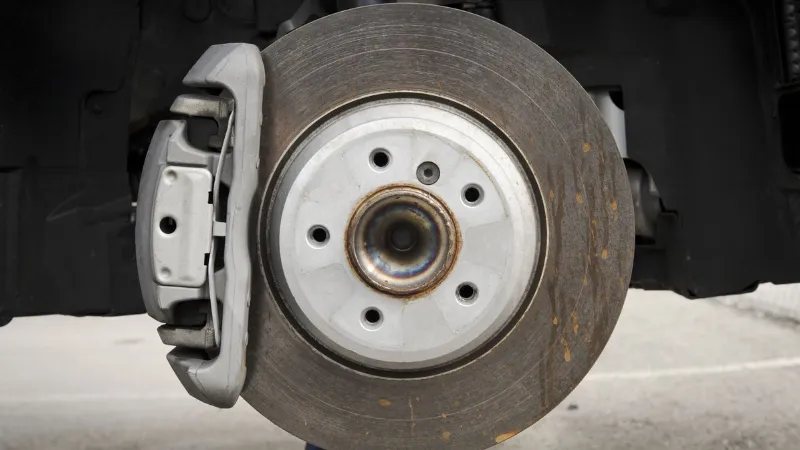What are tinted windows? How much does it cost to tint car windows? Do you need a professional or can you complete the task yourself? Continue reading to learn what you need to know if you want the answers to these questions and more.
The cost of window tinting can vary depending on the brand and type of tint used, but for standard, non-reflective film, the average price for tinting a passenger car is between $250 and $600. It can cost as much as $800 for high-performance ceramic or metallic film.
For more information, please keep reading.
What is Car Window Tinting?
To add a tinted, transparent film or coating to the inside of a car’s windows, a process known as car window tinting is used. The material and thickness of the window tint vary. Visibility may be hampered by excessively dark window tint, especially at night. Because of this, the amount of window tinting that is permitted is governed by various laws in each state. Visible Light Transmission, also known as the percentage of light permitted in, is regulated by these window tint laws. How much of the windshield may be legally tinted may also be governed by local laws. Tints can be applied at home, but professional application is recommended.
How Much Does Car Window Tinting Cost?
The cost of window tinting can vary depending on the brand and type of tint used, but on average, non-reflective, standard tinting for a passenger car costs between $250 and $600. It can cost as much as $800 for high-performance metallic or ceramic film. Another factor is the kind of vehicle. Trucks cost an average of $350 but have fewer windows. Due to their large number of windows and tall windows, SUVs and minivans are the most expensive vehicles. These cars cost between $250 and 750 dollars. Coupes cost an average of $200–$600 more than sedans because of their large, slanted back windows. Always look for a trustworthy tint shop that provides a respectable warranty for its window tinting services. While some window tint films come with a lifetime warranty, others do not, some do. You don’t want to revisit this expense every year.
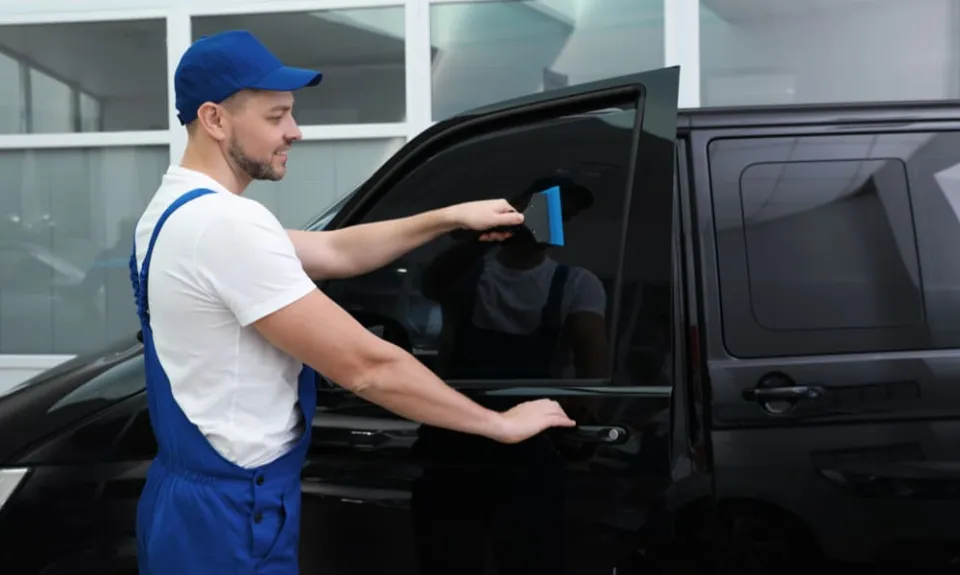
What Factors Influence the Price of Auto Window Tint?
There are numerous variables that influence the cost of window tinting. The reasons why each of these elements can affect the price of your window tint are outlined below.
- Vehicle type.Simply put, less windows mean less material is needed for the vehicle, which results in a lower cost. Similarly, those vehicles with ‘easier’ windows will take less time and effort to install, which means less cost.
- Unique vehicles.Because of their distinctive features, some cars cost more to tint. A Tesla Model 3, for example, has a massive glass roof which adds a lot of time and material to the installation. Older vehicles can be trickier to tint because the tint for their windows needs to be manually cut to size and there are no templates for them on a tint plotter. Having said that, most businesses won’t charge you more; instead, your appointment will last longer.
- Cost of tint removal.If previous tint, or other gunk or glue must be removed from your window, this adds time to the overall installation. Usually—if glue or gunk is minimal—shops will just remove it without charging you, but if the work will take a lot of time it can increase cost.
- Tint material.The type of material used to make the window tint film itself affects price. More affordable than carbon or ceramic window tint is dyed window tint. However, the advantages of the better film are clearly visible.
- Installer experience.It takes an absolute art form to install window tint. If you don’t believe us, we challenge you to try and clean the inside of your back window. You’ll understand what we mean. Now imagine doing that, but with a massive piece of tint that can’t touch anything otherwise it will get contaminated. I think you get my point.
- Compared to your friend, a good tint shop will have some overhead. To do the job properly, they employ top-notch tools (lights, squeegees, knives, appropriate spray, torches, etc.). Additionally, they will work in a controlled environment that guarantees the finished product won’t be significantly harmed by contamination (dust, hair, or dirt).
- Brand of tint.You receive what you pay for. Price is unquestionably influenced by the window tint brand. We take Formula One window tint as an example. Formula One ranks highest in terms of appearance, sturdiness, and performance, and has the best warranty in the industry. These quality window films can only be installed by certified tint shops. This certification is mandated by the manufacturer so they can ensure their tint always out-performs their competition.
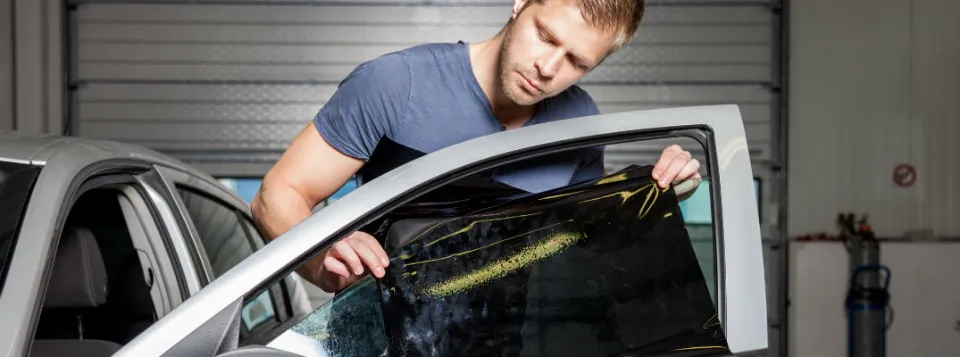
How Does Window Tint Installation Work?
The first step of the window tinting process is to clean and prep your windows. Next, a thin sheet of window tinting film is cut to precisely fit the window, applied using a bonding agent, and smoothed out with a squeegee to remove wrinkles or bubbles. In order to achieve a perfect fit, the applicator will lastly trim the edges of the dyed film.
Read about
Staying Within the Legal Limits
It’s important to know and understand your state’s regulations and laws that pertain to how dark your car windows are allowed to be. Not every state adheres to the same regulations.
Variable light transmission, or VLT, refers to how much light can pass through the window. Always check local laws before having your windows tinted because the state will determine what constitutes a permissible VLT percentage.
Know the tint laws for your state. For example, Illinois has a website that clearly outlines the expectations for vehicles.
If you live in Illinois and drive a sedan, your front, back, and rear windows all have to let in at least 35% of light. The top 6 inches of your windshield cannot have a non-reflective tint.
If you live in Illinois and travel in an SUV or van, your front windows must let in at least 50% of the light. Your back and side windows can be as dark as you’d like. The top 6 inches of the windshield cannot have non-reflective tint.

Benefits of Tinted Car Windows
When properly installed by experts, window tint can help increase the UV protection provided by the glass that comes standard in your car.
As a result, it shields not only your skin but also the interior of your car. Less fading or cracking is likely to occur over time after exposure to the sun on your upholstery, dashboard, or carpeted areas.
Window tint is also able to give you a few safety benefits. In a car accident, the window tint film may be able to help reduce how much your glass breaks. Instead of shattering all over the place and potentially hurting you, it will break into slightly larger pieces.
Another advantage of window tint is that it will be more difficult for people to see inside your car, which means they won’t be as tempted to steal something from it. Darker windows could discourage thieves.
Do you struggle with keeping your air conditioning at the right level? Window tinting might be able to help because, depending on the tint grade you get, the film can block some UV radiation and solar heat.
As a result, the climate in your car will be a little more balanced and comfortable and use less fuel to cool.
Read about How to Use Jack Stands Safely?
Which Windows Are Tinted?
All of the car’s windows, excluding the sunroof (if applicable) and the windshield, should have basic tinting applied to them. This includes the back window, all side windows, including the triangle windows. The cost of tinting all of these windows should be included in the average price. Additionally, it ought to have a guarantee against bubbling, cracking, and peeling for at least a year. However, some movies have lifetime warranties.
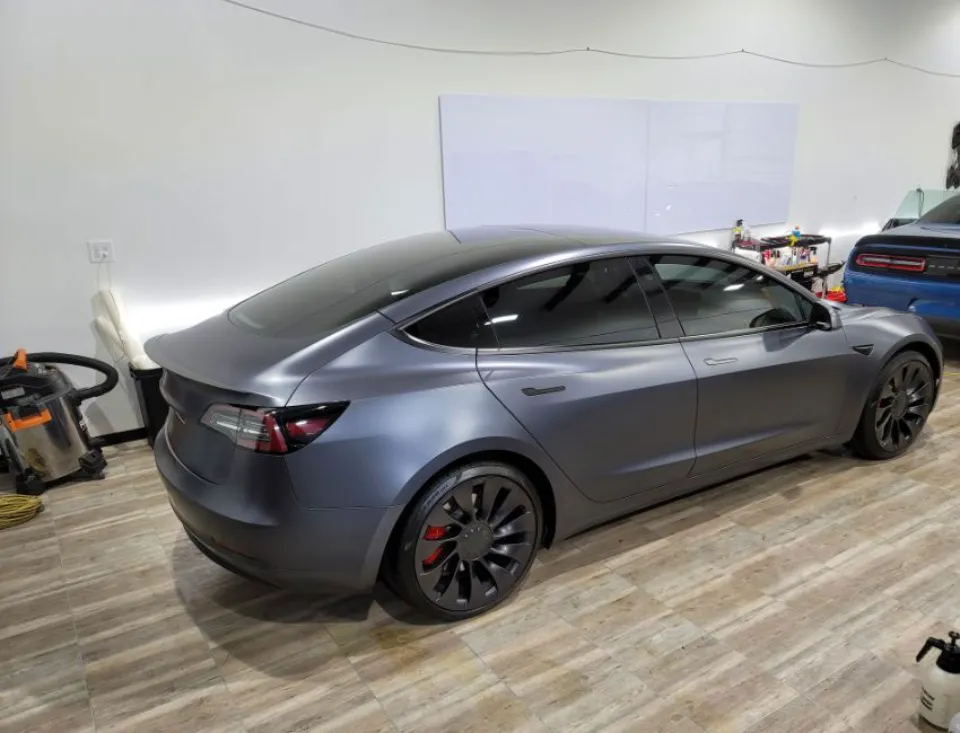
Types of Window Tinting
There are five main types of auto window tinting, which include:
Dyed
Dyed window tinting includes several layers of dyed film to absorb sunlight. Depending on the degree of darkness you prefer, the dye can be changed. Dyed tint is the most affordable and popular type of window tint. While it is the preferred method, compared to other types, it does not offer the highest level of UV protection.
Metalized
Metalized tints contain metal particles that use reflection to keep out sunlight. This kind of window tint also strengthens windows, making accidents less likely to cause them to break. The metal particles of the metalized film also make windows look more shiny. Metalized window tinting has the disadvantage that it may obstruct GPS signals.
Hybrid
In hybrid window tints, metal and dyed particles are mixed. They are of a higher caliber than regular dyes. They are not as shiny and do not produce as much radio interference as metalized tints.
Carbon
Carbon window tints are comprised of carbon fiber particles. When it comes to blocking the sun’s UV rays, they are more effective than metalized or colored tints. Additionally, it insulates the vehicle and cuts heat by about 40%. You will pay more for carbon tinting’s durability and the fact that it won’t deteriorate over time.
Ceramic
Ceramic tint is the most effective of all window tint types and blocks more than 99 percent of UV rays. Since ceramic window tints are the most expensive, this quality comes at a price. Ceramic particles provide the same level of sunlight reflection and insulation because they have excellent heat rejection capabilities. A vehicle’s interior temperature is cut in half by high-quality ceramic window tinting. Ceramic films are shatter-proof as well and don’t need as strong of a tint as other kinds.
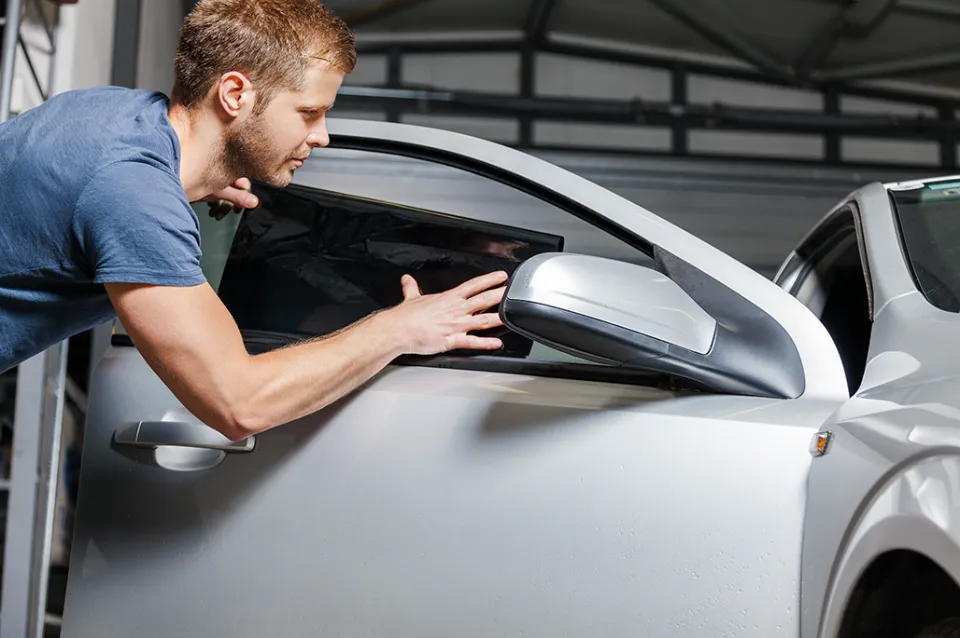
FAQs
Is 20% Or 35% Tint Darker?
Though a 20% tint is darker and gives your car that stylish look when weighing the safety of drivers, passengers, and pedestrians, 35% is the better choice. 35% film has properties that shield you and the inside of your car from dreaded UV rays.
Is 15% Or 20% Tint Darker?
Visible light transmission (VLT), or how much visible light can pass through the windows, is what is indicated by the percentages. So this means that the lower the percentage, the darker the tint will be.
Does 50% Tint Make a Difference?
If you want some light through your windows but not total darkness, a 50% tint is a great choice. It’ll only block half the light coming into your vehicle, but it still blocks out UV rays and heat. Furthermore, it will still lessen glare and eye fatigue, which improves driving safety.
How Dark is 50% Tint?
As the name suggests, only half of the sun rays can penetrate through a 50 Percent Window Tint. Its visible light transmittance (VLT) spectrum location is in the middle.
Is Car Window Tinting Worth It?
Just like wearing sunscreen having a good set of window tints on your car can help cut down on harmful UV rays your body is exposed to while driving. These dangerous rays can result in skin cancer, wrinkles, skin damage, accelerated aging, cataracts, and skin damage.
Summary: How Much Does It Cost to Tint Car Windows?
The idea that window tinting is prohibited is a common one. If you are interested in tinting your windows, whether it’s simply for aesthetics or to protect your interior, it is legal as long as you follow your state’s laws. After window tinting, if you decide to sell your car, be aware that the value may be affected. Window tinting may be a plus for coupe buyers, but not necessarily for sedan or SUV drivers. As a result, when it comes time to sell, you might not get back the money you spent on the service.
If you have any questions, please leave a comment. KV Auto tries to give you the best car industry information. Thank you for reading.

